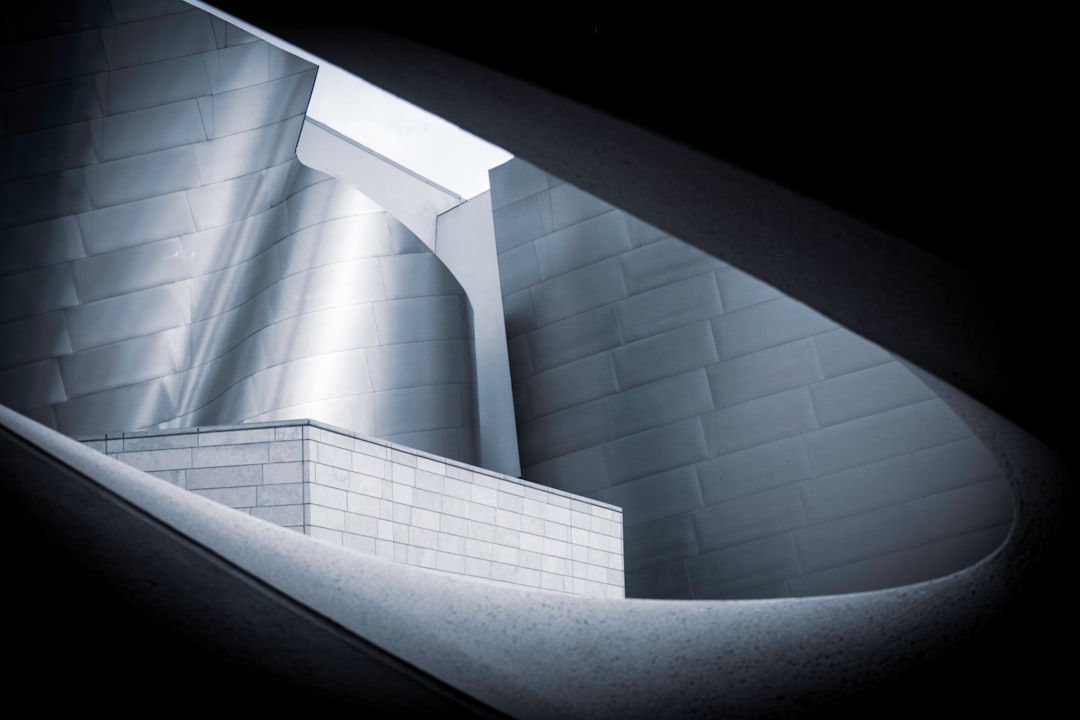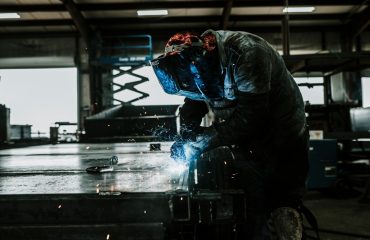For centuries, materials like stone and concrete have defined architectural landscapes. However, a new era is upon us, one where steel’s inherent strength, flexibility, and aesthetic appeal are propelling it to the forefront of modern architectural design. This resurgence isn’t merely a trend; it’s a testament to steel’s evolving capabilities and its crucial role in shaping the buildings of tomorrow.
The Unmatched Strength and Versatility of Steel
Steel’s exceptional tensile strength allows architects to create structures of unprecedented scale and complexity. Unlike traditional materials, steel can withstand immense loads while maintaining a relatively lightweight profile. This characteristic is pivotal in designing skyscrapers that reach for the sky, long-span bridges that seamlessly connect distant points, and intricate, dynamic facades that push the boundaries of architectural expression. The malleability of steel further enhances its versatility. It can be easily shaped, bent, and welded, allowing for intricate designs and customized components that would be impossible with other materials. This adaptability is evident in the intricate latticework of modern museums, the flowing curves of contemporary stadiums, and the sleek, minimalist lines of high-rise residential buildings.
Sustainable Steel: Addressing Environmental Concerns
For years, the environmental impact of steel production has been a concern. However, significant advancements in steel manufacturing processes have led to a dramatic reduction in carbon emissions. The use of recycled steel, for instance, significantly reduces the energy required compared to producing steel from raw materials. Furthermore, advancements in electric arc furnaces and the development of low-carbon steel alloys are further minimizing the environmental footprint. The durability and longevity of steel structures also contribute to sustainability. Steel buildings can withstand the test of time, reducing the need for frequent replacements and minimizing the associated waste and environmental impact. Modern architects are increasingly embracing sustainable steel practices, aligning their designs with environmentally conscious building strategies.
Iconic Steel Structures: Shaping the Modern Skyline
The impact of steel on the modern architectural landscape is undeniable. Iconic structures across the globe showcase steel’s transformative power. The Burj Khalifa, the world’s tallest building, relies heavily on steel for its structural integrity. Similarly, the Eiffel Tower, a timeless symbol of Parisian elegance, stands as a testament to steel’s early architectural prowess. Modern marvels like the Shard in London and the One World Trade Center in New York City further demonstrate steel’s ability to create breathtaking, awe-inspiring designs. These structures aren’t just functional; they are powerful statements, embodying the ambition, innovation, and aesthetic sensibilities of modern architecture. The use of steel allows for a unique interplay of form and function, producing buildings that are both visually stunning and structurally sound.
Innovative Steel Design Techniques: Pushing the Boundaries
The architectural application of steel is continuously evolving. Innovative design techniques are unlocking new possibilities, enabling architects to create increasingly complex and aesthetically compelling structures. Advanced computer modeling and analysis allow for precise structural calculations, optimizing steel usage and minimizing material waste. This precision allows for the creation of lightweight yet incredibly strong structures, pushing the limits of architectural design. Furthermore, the integration of other materials with steel, such as glass and concrete, creates hybrid structures that combine the strengths of different materials. This synergistic approach allows for even greater design flexibility and opens up new avenues for creative expression.
The Future of Steel in Architecture: A Promising Outlook
The future of steel in architecture looks exceptionally bright. Continued advancements in steel technology, coupled with a growing awareness of its sustainability credentials, suggest an even greater role for steel in shaping the built environment. Research into new steel alloys with enhanced properties, such as increased strength and corrosion resistance, will further expand the possibilities of steel construction. Furthermore, the integration of smart technologies into steel structures, such as sensors for structural health monitoring, will enhance building efficiency and safety. As architects continue to explore the full potential of steel, we can expect to see even more innovative and sustainable designs that redefine the modern skyline.
Steel’s versatility, strength, and sustainability are driving its resurgence in modern architecture. It’s a material that seamlessly blends functionality with aesthetic appeal, enabling architects to push the boundaries of design and create structures that are both impressive and environmentally responsible. The future undoubtedly holds even greater innovations in steel architecture, shaping the urban landscapes of tomorrow.




